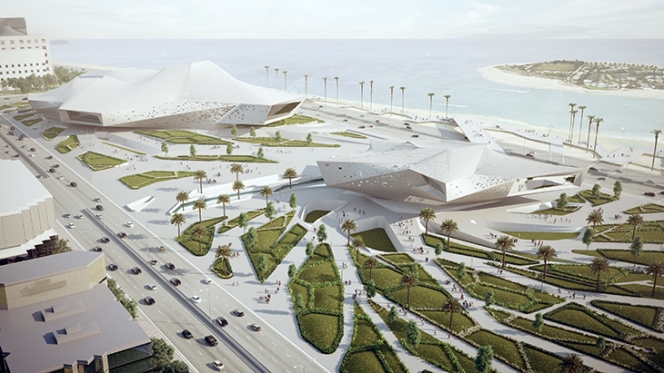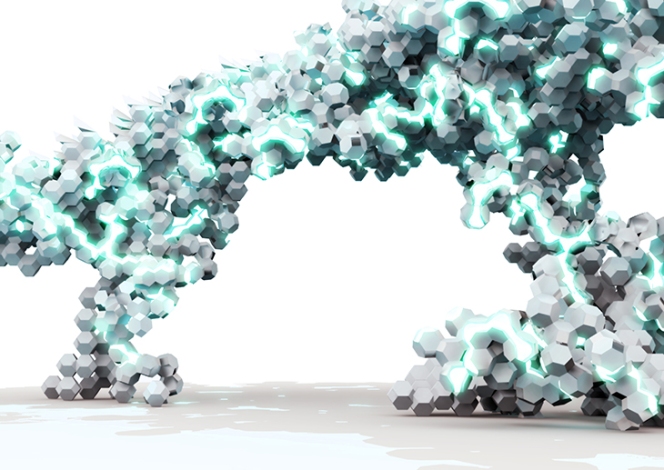Your Cart is Empty
Customer Testimonials
-
"Great customer service. The folks at Novedge were super helpful in navigating a somewhat complicated order including software upgrades and serial numbers in various stages of inactivity. They were friendly and helpful throughout the process.."
Ruben Ruckmark
"Quick & very helpful. We have been using Novedge for years and are very happy with their quick service when we need to make a purchase and excellent support resolving any issues."
Will Woodson
"Scott is the best. He reminds me about subscriptions dates, guides me in the correct direction for updates. He always responds promptly to me. He is literally the reason I continue to work with Novedge and will do so in the future."
Edward Mchugh
"Calvin Lok is “the man”. After my purchase of Sketchup 2021, he called me and provided step-by-step instructions to ease me through difficulties I was having with the setup of my new software."
Mike Borzage
The Edge: David Jason Gerber – Design Exploration in Architecture
September 23, 2014 5 min read
Novedge is a proud sponsor of the 2014 ACADIA Conference and I am thrilled to be able to interview Dr. David Jason Gerber, this year's conference Co-Chair.
You can also read my previous interviews with fellow ACADIA Co-Chairs, Jose' Sanchez and Alvin Huang. And register for a special episode of How to Succeed in Architecture, with all ACADIA's Co Chairs as panelists, live next week!

Novedge: Tell us about yourself and what you do.
David J. Gerber: I am an Assistant Professor of Architecture at the University of Southern California. I have been awarded a courtesy joint appointment as Professor of Civil and Environmental Engineering in the Sonny Astani Department of Civil and Environmental Engineering in the Viterbi School of Engineering at USC. I concurrently consult and sit on a number of design technology start-up scientific advisory boards. From 2008 to 2010 I was a Vice President at Gehry Technologies Inc., a leading innovator in Building Information Modeling consultancy and building industry technology company. I have worked as an architect in the US, Europe and Asia, for the Steinberg Group, Moshe Safdie, Gehry Technologies, and as a project architect for Zaha Hadid Architects. I have held appointments at MIT's Media Lab as a research fellow, as well as numerous teaching and research fellowships at Harvard University Graduate School of Design and as Harvard University's Frederick Sheldon Fellow.
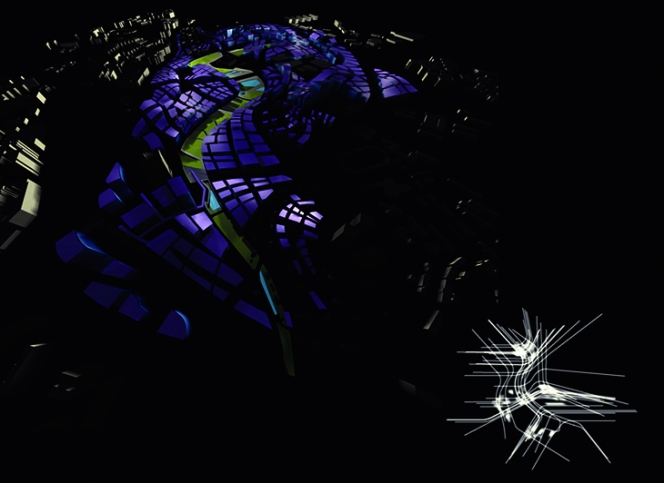
While working for Zaha Hadid Architects, I worked on a number of the built projects including the contemporary art museum in Cincinnati, the Phaeno Science Museum in Wolfsburg Germany, the Hoenheim terminus in Strasbourg and a number of unbuilt projects. I was project architect and project manager for the One North Masterplan in Singapore.
At USC I teach design research seminars and studios in architecture, design computation, AEC technologies, and fabrication, emphasizing design computation, informatics, associative parametric design strategies and Building Information Modeling as a means of design exploration and realization. Included in my teaching roles is the chairing and advising of numerous PhD researches.
At USC I conduct multidisciplinary research focused on the intersection of design with computation and technology. One recent research Design Optioneering is included in the 2012 TED Global Gallery and has been traveling to regional TED conferences. My research into the development of multi-agent systems for up stream design intelligence and sustainable energy pathways for architecture and urbanism is funded by a highly competitive multi million dollar National Science foundation award. I work with engineering, computer science and social scientists to improve design process and technology through simulation and multidisciplinary design optimization and exploration of highly coupled emergent and parametrically defined design solution spaces
My doctoral research, Parametric Practices: Models for Design Exploration in Architecture, focused on associative parametric design technology and its affect on design, theory, processes, and contemporary practice. Publications of my design work and research have been included in Young Blood,AD (2001); Corporate Fields, AA Publications (2005); and in Interactive Cities, Hyx Publications (2006). I published a Harvard University book The Parametric Affect: Computation, Innovation and Models for Design Exploration in Contemporary Architectural Practice (2009). My research appears in numerous peer reviewed journals and conference proceedings where I am an active member including ACADIA, CAADRIA, ISAARC, SIMAUD, Computing in Civil Engineering, Design Studies, Simulation, Energy and Buildings and Automation in Construction.

Novedge: Your work takes a particular approach to shared space. Can you talk about your approach to design?
David J. Gerber: I see the design endeavor as one of constant adventure, exploration, learning and the pinnacle of human expression as it bridges function and form with aesthetics. I tend to believe design takes place in the presence of others, that while talent and signature play a significant role, design is in fact a social act and generally speaking we design for others as the artifact of design.
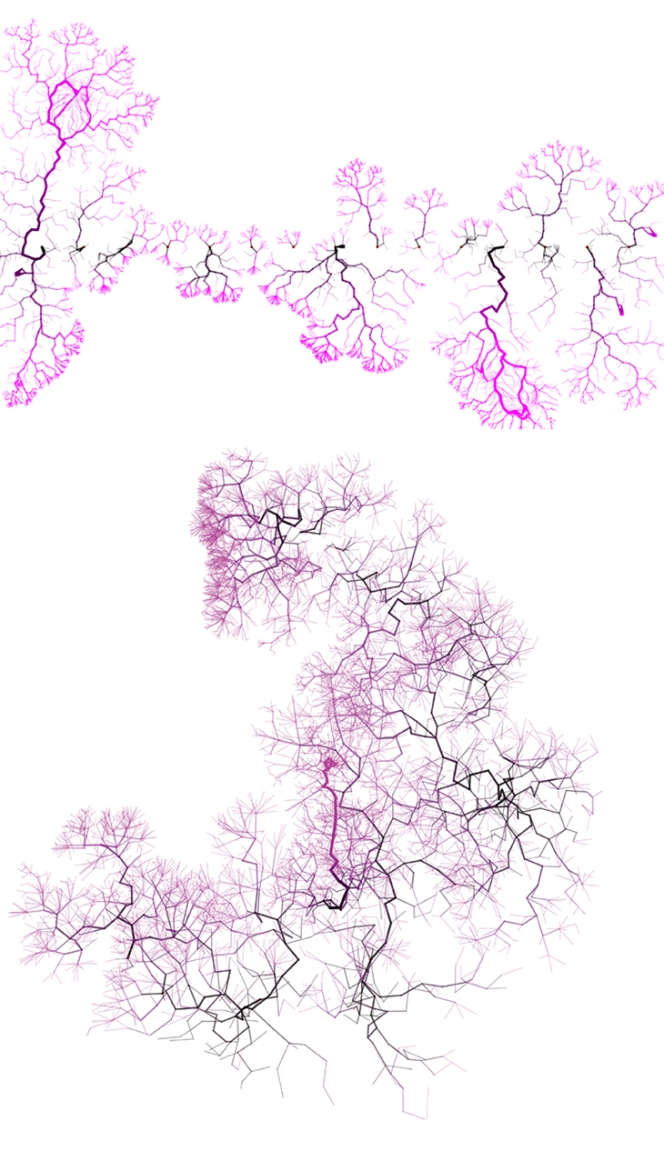
Novedge: You worked on teams that included Zaha Hadid. What did you learn from these experiences?
David J. Gerber: I worked on teams and lead teams at Zaha Hadid Architects…. these were formative experiences for so many reasons. To have had the privilege to learn directly and by proximity from Zaha Hadid and Patrik Schumacher and many of my colleagues have contributed greatly to my understanding of how great design goes form concept to implementation… how to teach design… and how to push the envelope of design and research. If there is a reducible lesson it is that hard work pays off in the face of skepticism, and challenges to achieve the seemingly impossible can be surmounted by tenacity and defense of the ideas behind the work.
Novedge: What is a recent project that you worked on?
David J. Gerber: My work over the last 5 years since joining USC has been focused on developing research at the School of Architecture.
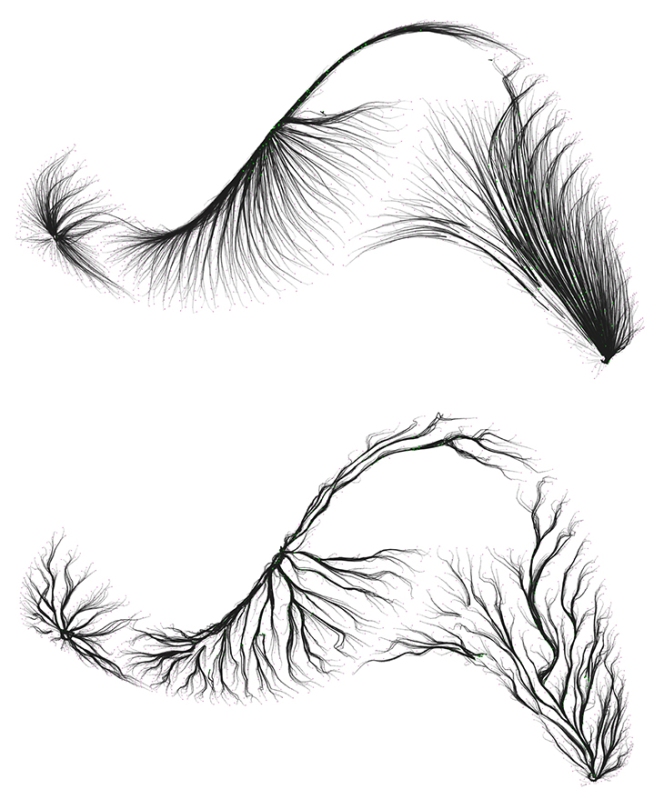
Novedge: What software do you use?
David J. Gerber: On one hand I use whatever it takes as the approach to the work I do and the teams that I lead. This includes Autodesk products, Adobe products, Rhino, and CATIA. On my team we use JAVA, VBA, and C#, we use Processing, we use Grasshopper and Python. I have expertise in CATIA and Digital Project and we are one of only maybe 3 schools in the US to have access to CATIA V6. I am teaching some very cutting edge technologies: we use Unity and Oculus Rifts, we use Google Glass and of course we have three 3D printers sitting in my office.
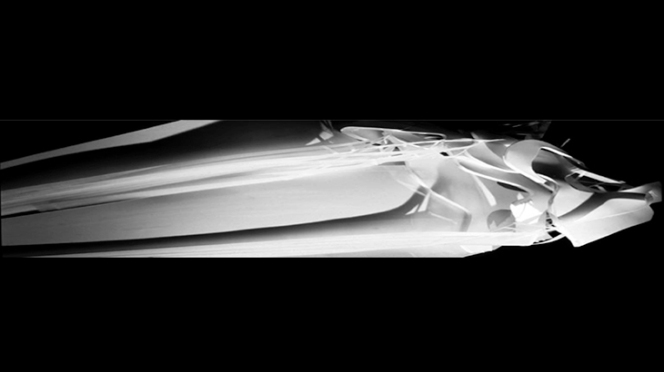
Novedge: You have done quite a bit of research on the topic of parametric computation. Can you talk about the way parametric models and systems affect design?
David J. Gerber: I was one of the first to publish on parametric design in architecture. I developed software as part of my project while at Zaha Hadid's which was one of the first parametric implementations of urbanism. I wrote one of the first PhDs on Parametric Design in Architecture while at Harvard and at the Media Lab at MIT. Parametric design is fundamental to design, it enables iteration and design exploration, it enables informed design choices and allows design to be a tunable and refinable process without loss of design intent, articulation, and tectonic intricacy. I am one of the first and few who teach the high end of parametric design CATIA v5 and CATIA v6 as well as Grasshopper, Revit, and programming.

Novedge: As one of ACADIA's Board Members and Conference Chairs, what are you looking forward to in this year's conference?
David J. Gerber: I am an ACADIA Board Member, an ACADIA 2014 Conference Chair, and an editor of the International Journal of Architecture and Computing. I am also the Author and co-editor of the Paradigms in Computing book being launched at the conference this year.
I am looking forward to what will likely be the most amazing ACADIA event to date. Why do I say this? Just look at our schedule of speakers, events, our peer reviewed sessions and workshops: I'm looking forward to all my hard work paying off with Zaha Hadid coming to LA, with Will Wright, Casey Reas, and Neil Gershenfeld, it's going to be a great event highlighting USC's design cultures across campus.
To read more about ACADIA 2014 click here, and connect on Facebook and Twitter.
To see David's work, head over to his website. And don't forget to follow Novedge on Twitter!
Related articles
Also in NOVEDGE Blog

Enhance Your Designs with VisualARQ 3: Effortless Geometry Extensions for Walls and Columns
April 30, 2025 8 min read
Read More
MecSoft Unveils RhinoCAM 2025 and VisualCAD/CAM 2025 with Enhanced Features
March 08, 2025 5 min read
Read MoreSubscribe
Sign up to get the latest on sales, new releases and more …




